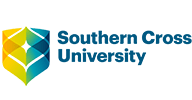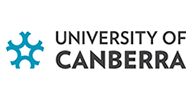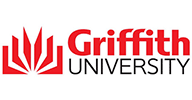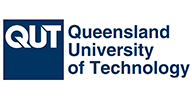No matter what your circumstances, TAFE Queensland has a payment option to suit you. If you are unsure of what’s right for you, get in touch. We’re here to help.
Payment plan
If you have difficulty paying for the full cost of a course upfront, you may be eligible for a payment plan.
Learn moreUpfront payment
This may be the full fee for the course, or the student contribution amount if you are eligible for a subsidy or concession.
Learn more




